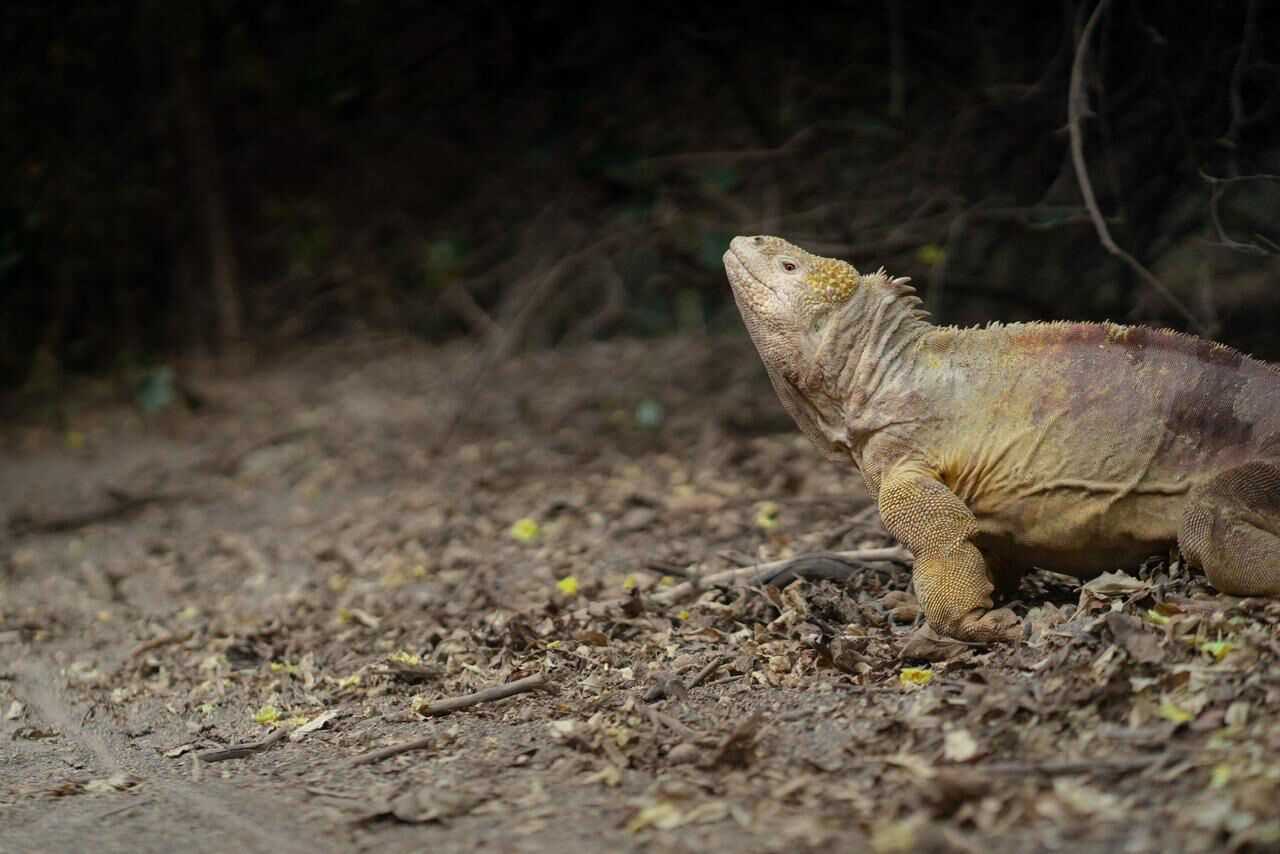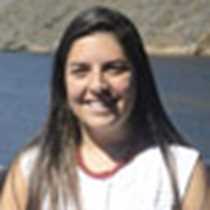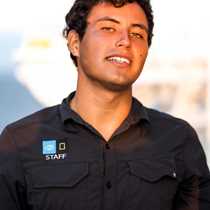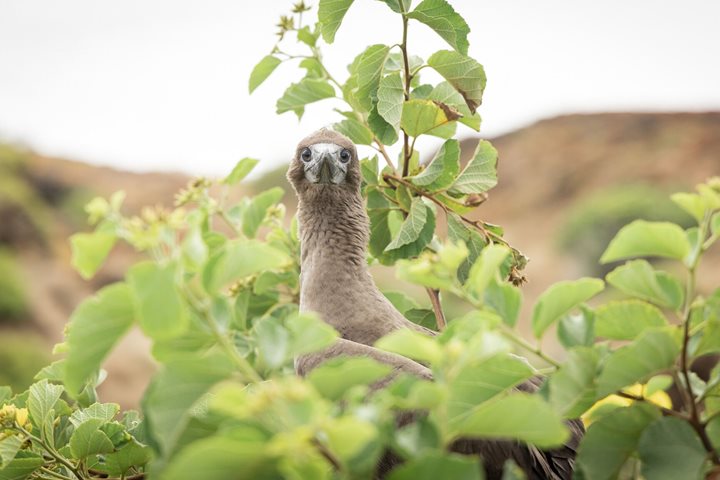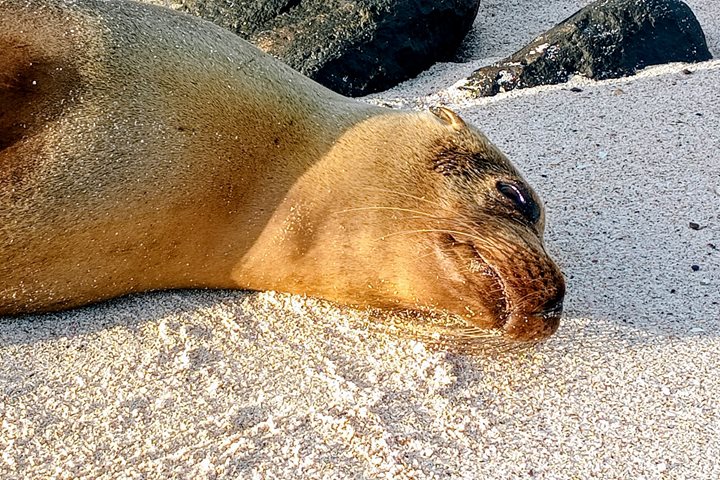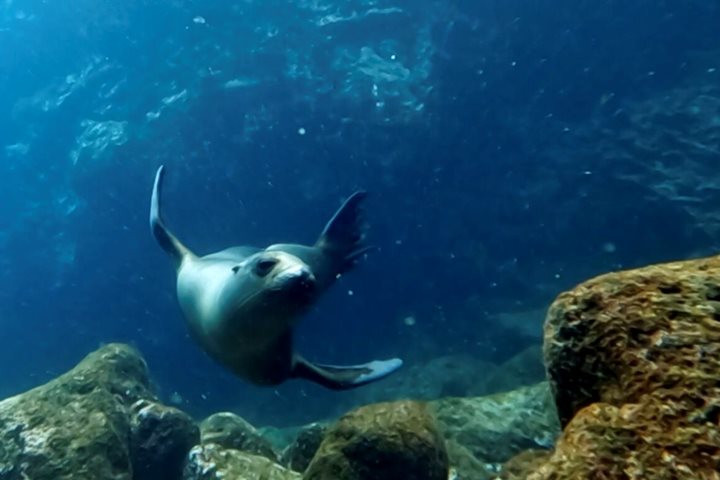Santiago Island played an important role in the history of the Galápagos Islands, as it was one of the first islands visited by Charles Darwin during his famous voyage on the HMS Beagle in 1835. The island is protected as part of the Galápagos National Park, which was established in 1959 to preserve the unique biodiversity of the islands.
We woke up anchored at Buccaneer Cove. Also known as Caleta Bucanero, Buccaneer Cove is located on the northeastern coast of Santiago Island. It was named after the pirates who used to anchor their ships in the cove during the 18th and 19th centuries. The cove is known for its impressive rock formations, which were formed by volcanic activity millions of years ago. Our guests had the opportunity to do a pre-breakfast kayak outing to witness not only the amazing scenery but also a variety of wildlife, including sea lions, marine iguanas, and various species of birds. After a delicious breakfast, we got ready for water activities. Guests enjoyed snorkeling, kayaking, and tours in the glass-bottom boat for those who didn’t feel comfortable in the ocean. These tours are referred to as dry snorkeling.
After activities and talks on board, we navigated to a different destination on the island. Puerto Egas, also known as James Bay, is located on the western coast of Santiago Island. It is known for its black sand beach and its unique geological formations, which were created by lava flows. Some of our guests decided to stay on the beach and enjoy their last snorkel of the expedition. Others went for a great walk along the coastline. They explored the island’s natural beauty and observed the wildlife, including sea lions, iguanas, finches, and a variety of bird species.
What a fantastic last day we had, and what a great way of ending this wonderful expedition.

